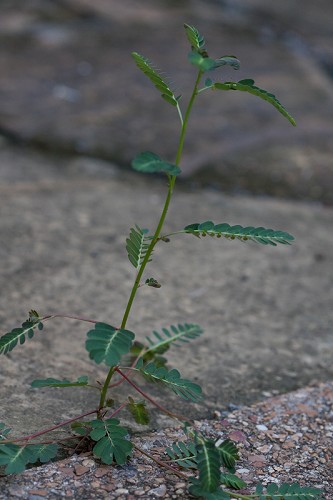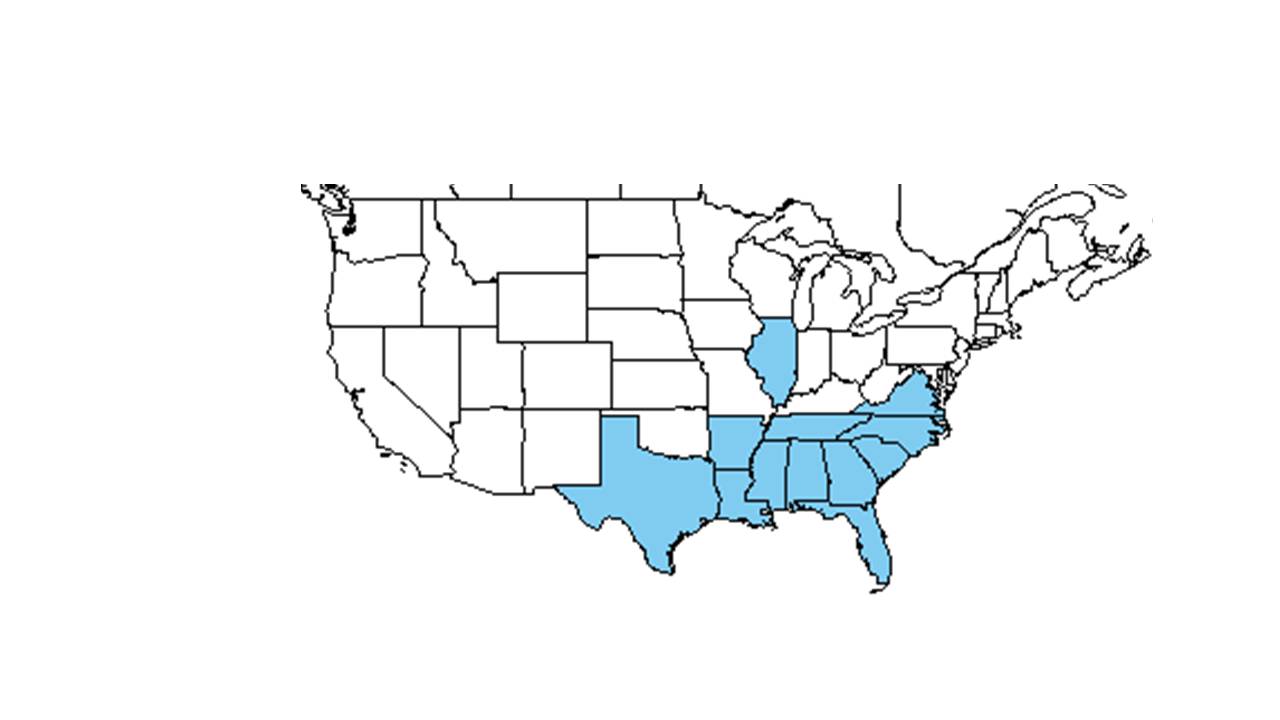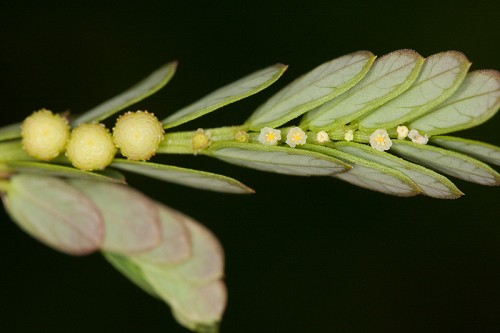Difference between revisions of "Phyllanthus urinaria"
(→Photo Gallery) |
Krobertson (talk | contribs) |
||
| Line 26: | Line 26: | ||
==Ecology== | ==Ecology== | ||
===Habitat=== <!--Natural communities, human disturbed habitats, topography, hydrology, soils, light, fire regime requirements for removal of competition, etc.--> | ===Habitat=== <!--Natural communities, human disturbed habitats, topography, hydrology, soils, light, fire regime requirements for removal of competition, etc.--> | ||
| − | In natural habitats ''P. urinaria'' has been documented to grow abundantly in hammock clearings, fallow fields, and amongst Fabaceae patches near ponds. In human disturbed areas it can be observed growing in the moist soil of fire lanes, lawns, depressions along roads, city parks, and old plantations | + | In natural habitats ''P. urinaria'' has been documented to grow abundantly in hammock clearings, fallow fields, and amongst Fabaceae patches near ponds. In human disturbed areas it can be observed growing in the moist soil of fire lanes, lawns, depressions along roads, city parks, and old plantations. <ref name="FSU Herbarium">Florida State University Robert K. Godfrey Herbarium database. URL: [http://herbarium.bio.fsu.edu http://herbarium.bio.fsu.edu]. Last accessed: July 2015 Collectors: Robert K. Godfrey, Richard R. Clinebell II, R. L. Lazor, E. L. Tyson, H. Loftin, Sidney McDaniel, Cecil R Slaughter, Loran C. Anderson. States and Counties: Florida: Gadsden, Gulf, Leon, Nassau. Georgia: Thomas. Countries: Costa Rica, Panama. Compiled by Tall Timbers Research Station and Land Conservancy.</ref> Soil types observed include moist sandy loams, moist loam, and peaty sandy soils. <ref name="FSU Herbarium"/> |
| − | ''Physalis angulata'' is an associated species | + | ''Physalis angulata'' is an associated species. <ref name="FSU Herbarium"/> |
<!--===Phenology===--> <!--Timing off flowering, fruiting, seed dispersal, and environmental triggers. Cite PanFlora website if appropriate: http://www.gilnelson.com/PanFlora/ --> | <!--===Phenology===--> <!--Timing off flowering, fruiting, seed dispersal, and environmental triggers. Cite PanFlora website if appropriate: http://www.gilnelson.com/PanFlora/ --> | ||
<!--===Seed dispersal===--> | <!--===Seed dispersal===--> | ||
| Line 44: | Line 44: | ||
==References and notes== | ==References and notes== | ||
| − | |||
Revision as of 13:51, 5 August 2016
| Phyllanthus urinaria | |
|---|---|

| |
| Photo by John R. Gwaltney, Southeastern Flora.com | |
| Scientific classification | |
| Kingdom: | Plantae |
| Division: | Magnoliophyta - Flowering plants |
| Class: | Magnoliopsida – Dicotyledons |
| Order: | Euphorbiales |
| Family: | Phyllanthaceae |
| Genus: | Phyllanthus |
| Species: | P. urinaria |
| Binomial name | |
| Phyllanthus urinaria L. | |

| |
| Natural range of Phyllanthus urinaria from USDA NRCS Plants Database. | |
Common name: chamber bitter
Contents
Taxonomic notes
Synonym: Phyllanthus urinaria Linnaeus ssp. urinaria
Description
Distribution
Ecology
Habitat
In natural habitats P. urinaria has been documented to grow abundantly in hammock clearings, fallow fields, and amongst Fabaceae patches near ponds. In human disturbed areas it can be observed growing in the moist soil of fire lanes, lawns, depressions along roads, city parks, and old plantations. [1] Soil types observed include moist sandy loams, moist loam, and peaty sandy soils. [1]
Physalis angulata is an associated species. [1]
Conservation and management
Cultivation and restoration
Photo Gallery
Phyllanthus urinaria flowers Photo by John R. Gwaltney, Southeastern Flora.com
References and notes
- ↑ 1.0 1.1 1.2 Florida State University Robert K. Godfrey Herbarium database. URL: http://herbarium.bio.fsu.edu. Last accessed: July 2015 Collectors: Robert K. Godfrey, Richard R. Clinebell II, R. L. Lazor, E. L. Tyson, H. Loftin, Sidney McDaniel, Cecil R Slaughter, Loran C. Anderson. States and Counties: Florida: Gadsden, Gulf, Leon, Nassau. Georgia: Thomas. Countries: Costa Rica, Panama. Compiled by Tall Timbers Research Station and Land Conservancy.
